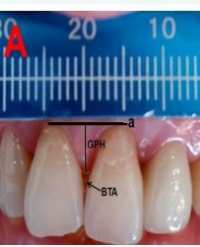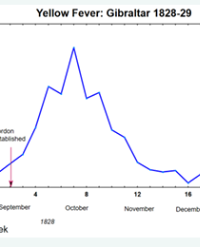
Depression and Suicidality in Adolescence: The Impact of Maternal Depression and Early Childhood Neglect
The current study explores the impact of maternal depression and early childhood neglect on depression and suicidal ideation in adolescence. LONGSCAN data was used to assess adolescents and their caregivers (N=805). The sample was predominantly Black or African American. The Center for Epidemiological Studies-Depression (CES-D) scale was used to assess maternal depression. Caregivers completed the depression subscale and a categorical indicator of suicidality from the Child Behavior Checklist (CBCL). Adolescents completed the Trauma Symptom Checklist for Children. Neglect was confirmed from Child Protective Services data. When T-scores from the CBCL and TSC (ages 12 and 16) were treated as the outcome measures, MANCOVA was run with neglect as the independent variable and maternal depression as a covariate. When suicidal ideation served as the outcome, the effects of neglect and maternal depression were examined with logistic regression when suicidal ideation was the outcome. The effects of neglect on adolescent depression and suicidal ideation were significantly higher in those who were neglected. A significant positive relationship between maternal depression and adolescent depression at age 16 was revealed by caregiver report. Significant effects were also yielded between maternal depression and suicidal ideation, when children aged 12 assessed themselves. For every point higher on the (CES-D), the likelihood of suicidal ideation increased by 5%. These findings endorse that early neglect and maternal depression can impede the attainment of stage-salient psychosocial developmental goals, increasing the likelihood of adolescent depression and suicidal ideation. Reports by caregivers and adolescents are not always consistent, emphasizing the importance of risk reduction through psychoeducation and routine screening for neglect, depression and suicidal ideation in adolescents
Leanne Katz Levin¹,²*, Dasha Kotalic¹, Adair Roberts¹, Tamara Duke¹, James Vivian¹, Anthony Greene¹, and April Fallon¹




